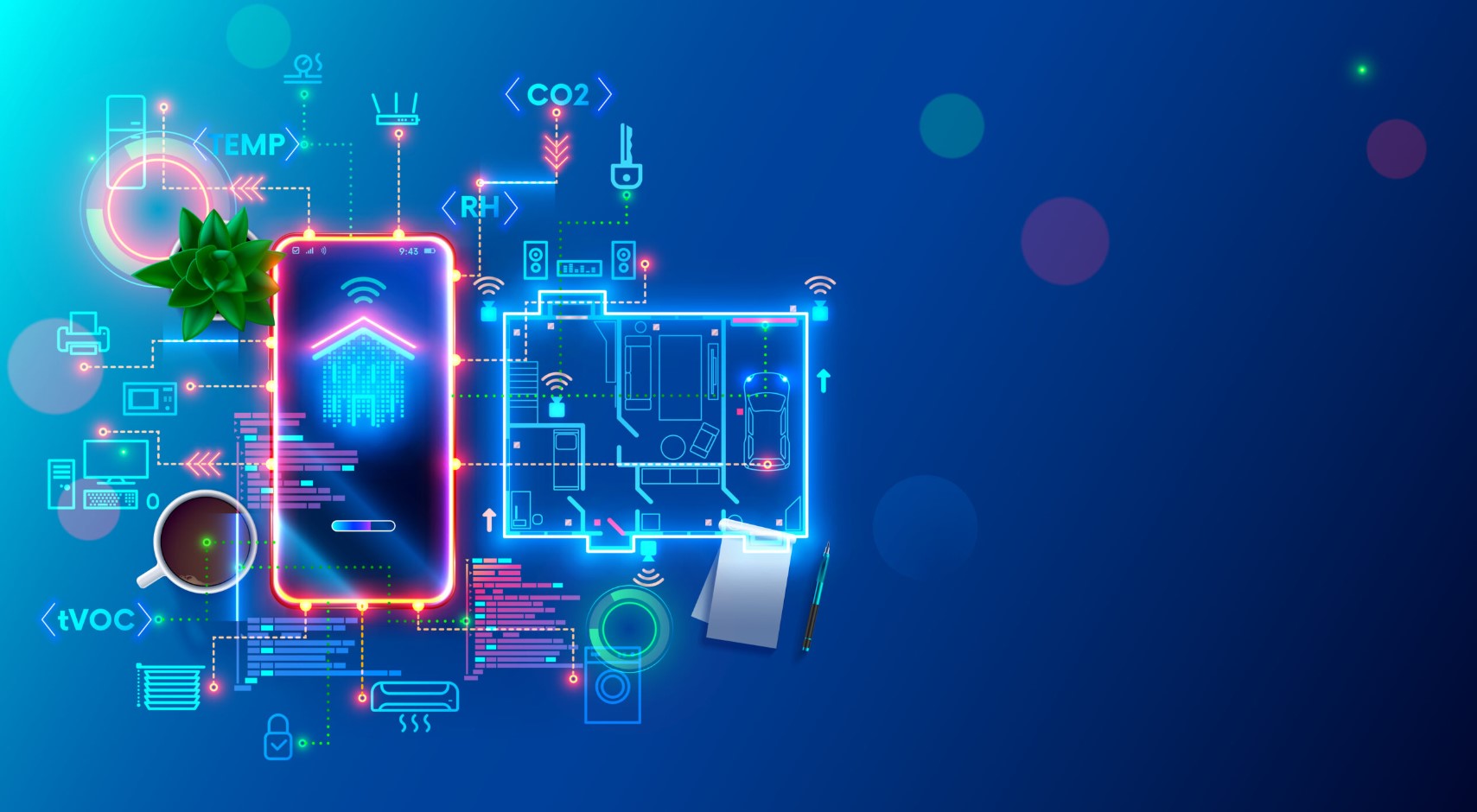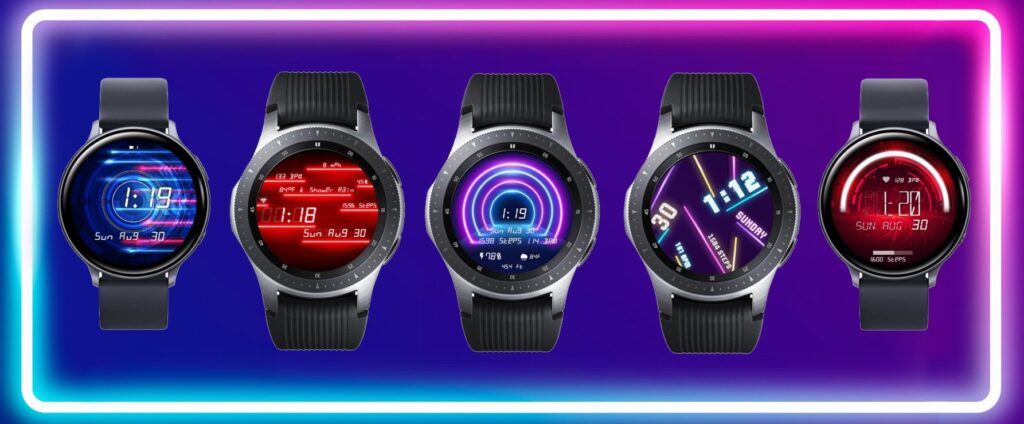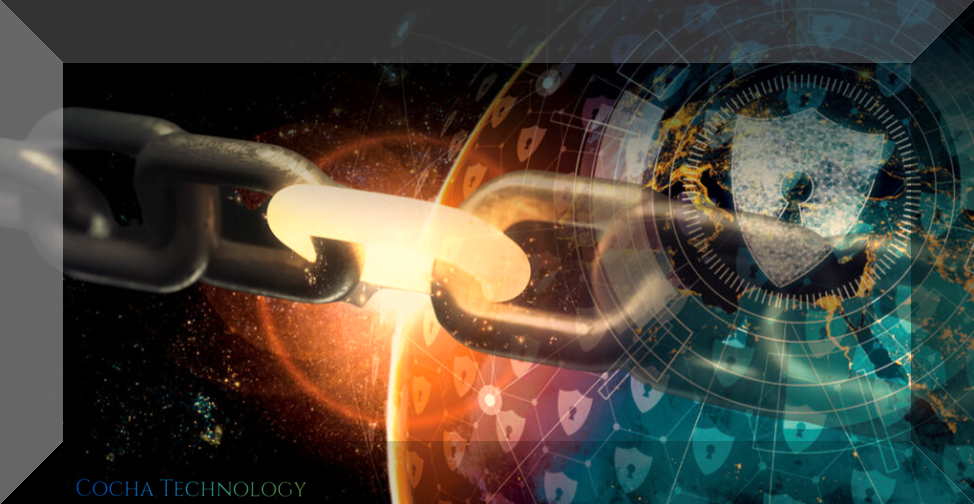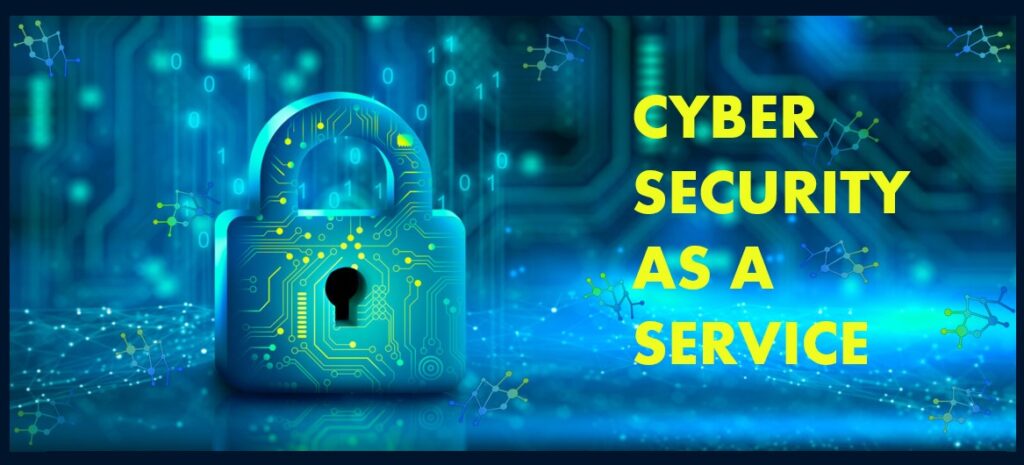Navigating the Internet of Things (IoT)
August 16, 2024

The Internet of Things (IoT) has revolutionized the way we interact with technology, connecting everyday devices to the internet and each other. While IoT offers unprecedented convenience and efficiency, it also introduces significant cybersecurity challenges. This blog explores what IoT entails, its potential benefits and risks, and essential considerations for safeguarding your digital ecosystem.
Understanding the Internet of Things
IoT refers to a network of interconnected physical devices embedded with sensors, software, and connectivity capabilities, enabling them to collect and exchange data. These devices span a wide range of applications, from smart home gadgets and wearable devices to industrial machinery and healthcare equipment.

IoT Devices
The Internet of Things (IoT) encompasses a vast array of gadgets and devices across various sectors. Here are some examples of IoT gadgets or devices that are commonly used today:
- Smart Home Devices:
- Smart Thermostats: Devices like Nest Thermostat that learn user preferences and adjust temperature settings automatically.
- Smart Lighting: Lights that can be controlled remotely via smartphone apps or voice assistants like Philips Hue.
- Smart Locks: Locks that can be unlocked remotely or using biometric authentication, such as August Smart Lock.
- Wearable Technology:
- Fitness Trackers: Devices like Fitbit or Garmin that monitor physical activity, heart rate, and sleep patterns.
- Smartwatches: Devices such as Apple Watch or Samsung Galaxy Watch that provide notifications, fitness tracking, and health monitoring.
- Connected Appliances:
- Smart Refrigerators: Appliances that can monitor food inventory, suggest recipes, and send alerts about expiration dates, like Samsung Family Hub.
- Smart Washing Machines/Dryers: Appliances that can be controlled remotely, monitor energy usage, and provide cycle notifications.
- Healthcare Devices:
- Remote Patient Monitoring Devices: Devices that allow healthcare providers to monitor patients’ vital signs remotely, such as wearable ECG monitors.
- Smart Pill Dispensers: Devices that remind patients to take medication and dispense pills at scheduled times.
- Industrial IoT (IIoT) Devices:
- Asset Tracking Sensors: Sensors used to track the location and condition of equipment and inventory in warehouses and logistics operations.
- Predictive Maintenance Sensors: Sensors installed on machinery to monitor performance and detect potential issues before they cause downtime.
- Connected Cars:
- Telematics Systems: Systems that provide real-time data on vehicle performance, location, and driver behavior, such as OnStar.
- Connected Navigation Systems: Navigation systems that provide real-time traffic updates, weather information, and points of interest.
- Smart Agriculture:
- Crop Monitoring Systems: Sensors and drones used to monitor soil moisture, temperature, and nutrient levels in fields.
- Livestock Monitoring: Devices that track the health, location, and behavior of livestock to optimize farming practices.
- Smart City Solutions:
- Smart Parking Systems: Sensors that detect available parking spaces and transmit this information to drivers via mobile apps.
- Air Quality Monitors: Devices deployed across cities to monitor pollution levels and provide real-time data to city officials and residents.
Benefits of IoT
- Enhanced Efficiency: IoT devices streamline processes, automate tasks, and optimize resource usage, leading to increased efficiency in various sectors such as manufacturing, healthcare, and transportation.
- Improved Decision Making: Real-time data collection and analytics from IoT devices provide valuable insights, enabling informed decision-making and predictive maintenance.
- Convenience: IoT enhances user convenience through smart home devices that automate household tasks, wearable fitness trackers that monitor health metrics, and voice-controlled assistants that simplify daily activities.

Risks and Security Challenges
- Cyber Attacks: IoT devices can be vulnerable to cyber-attacks due to their often-inadequate security measures, potentially compromising user privacy and device functionality.
- Data Privacy Concerns: The vast amount of data collected by IoT devices raises significant privacy issues, as personal and sensitive information may be at risk if not adequately protected.
- Lack of Standardization: The diversity in IoT devices and manufacturers leads to inconsistencies in security protocols and updates, making it challenging to implement uniform security measures across all devices.
- Physical Safety Risks: Compromised IoT devices, such as connected vehicles or medical equipment, pose physical safety risks to users if maliciously manipulated.
Key Considerations for IoT Security
To mitigate the risks associated with IoT devices, consider the following strategies:
- Strong Authentication and Access Control: Implement robust authentication mechanisms and restrict access to IoT devices based on the principle of least privilege.
- Encryption: Encrypt data both at rest and in transit to protect it from unauthorized access and interception.
- Regular Updates and Patch Management: Keep IoT devices and their firmware updated with the latest security patches to address vulnerabilities.
- Network Segmentation: Separate IoT devices from critical business systems through network segmentation to contain potential breaches.
- Monitoring and Incident Response: Implement continuous monitoring of IoT device activity and establish incident response plans to quickly mitigate security incidents.
- Vendor Risk Management: Evaluate the security practices of IoT device manufacturers and suppliers before deploying devices in your network.
As IoT continues to expand its footprint in both consumer and industrial sectors, understanding its implications for cybersecurity is crucial. While IoT offers transformative benefits, organizations and individuals must remain vigilant about the associated risks. By adopting proactive security measures, staying informed about emerging threats, and prioritizing privacy protection, stakeholders can harness the full potential of IoT while safeguarding their data and systems.
Embracing IoT technology requires a balanced approach that integrates innovation with robust cybersecurity practices. By staying informed, proactive, and diligent, organizations and individuals can navigate the IoT landscape confidently, ensuring a secure and seamless integration of connected devices into everyday life.
Have Any Question?
Call or email Cocha. We can help with your cybersecurity needs!
- (281) 607-0616
- info@cochatechnology.com




